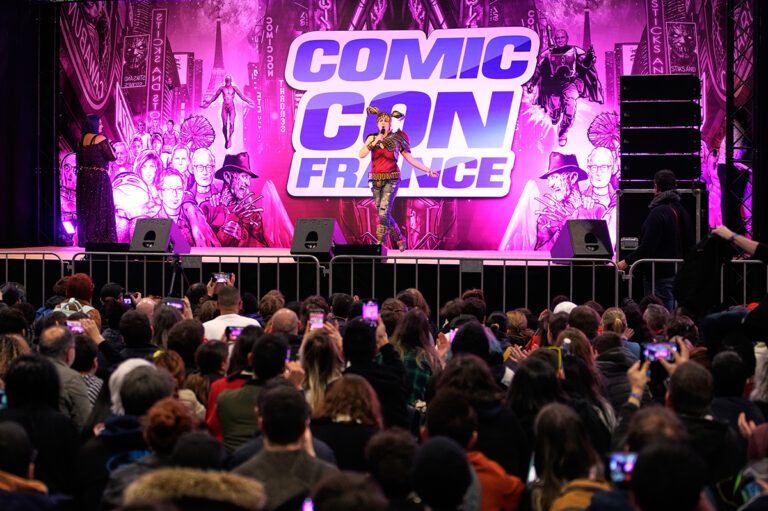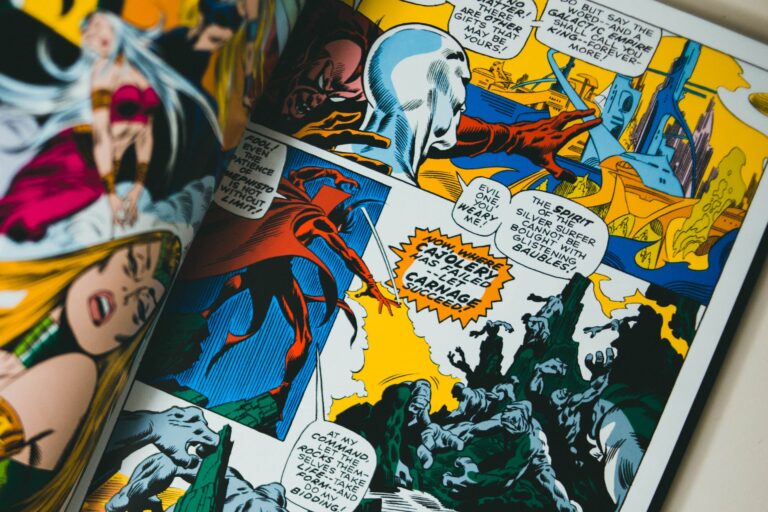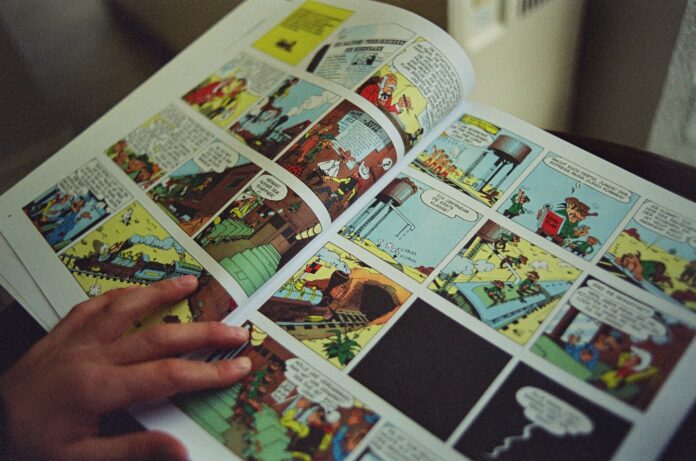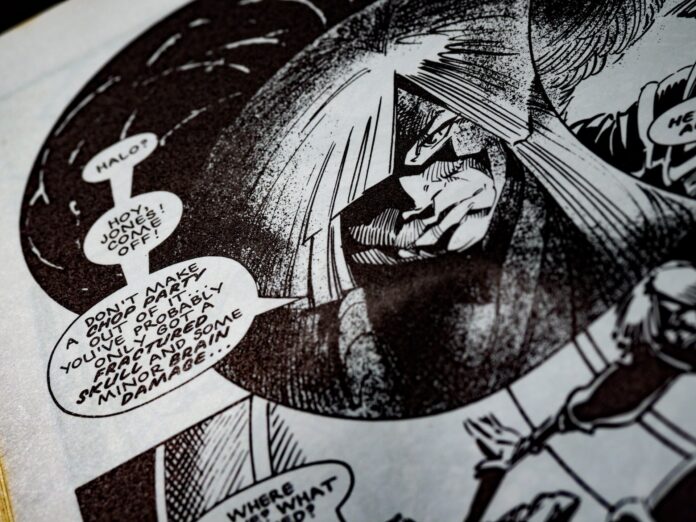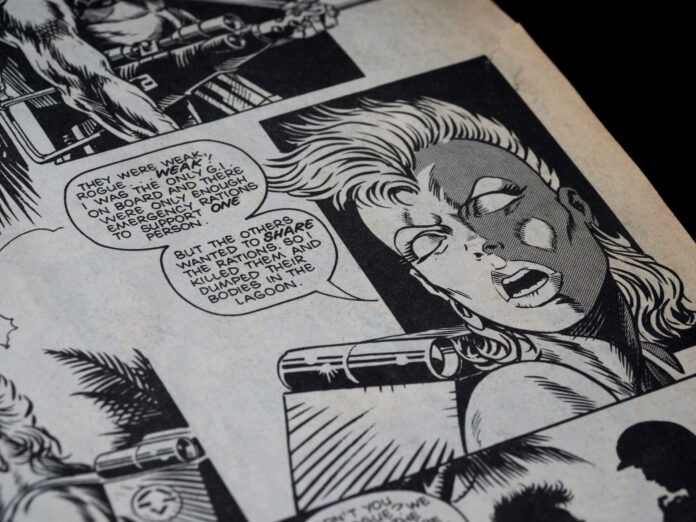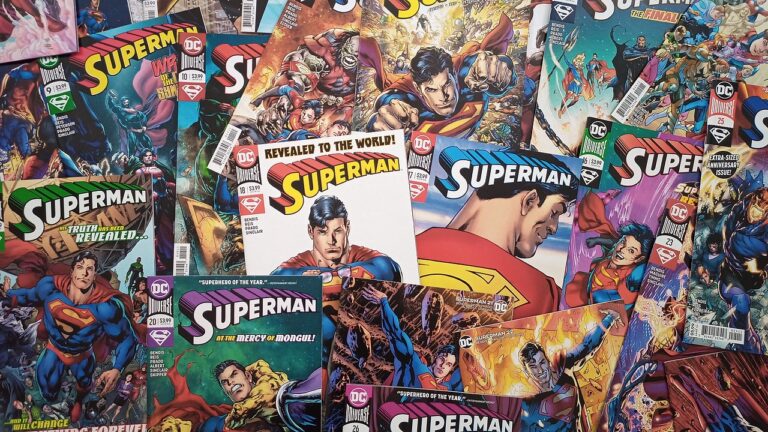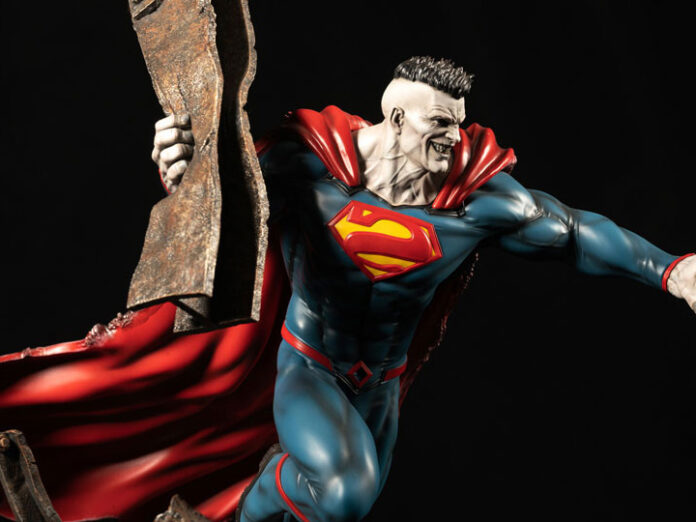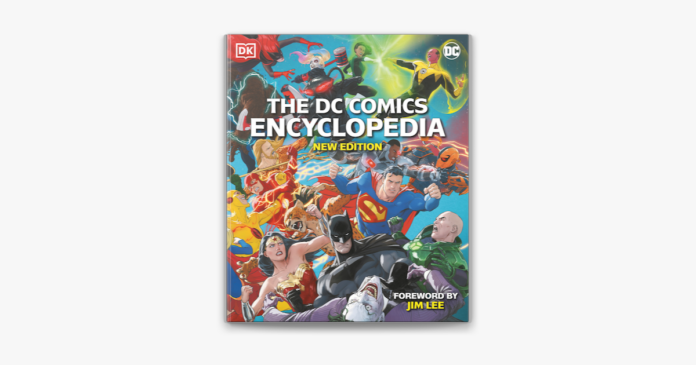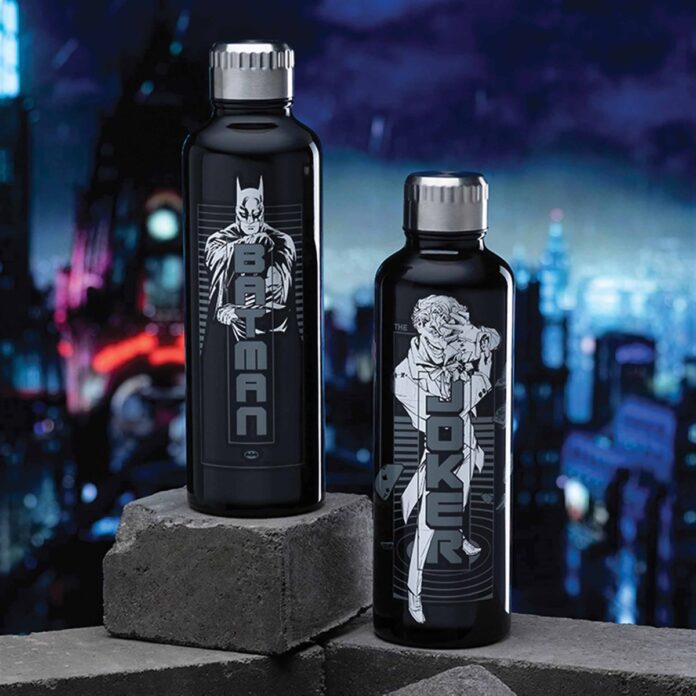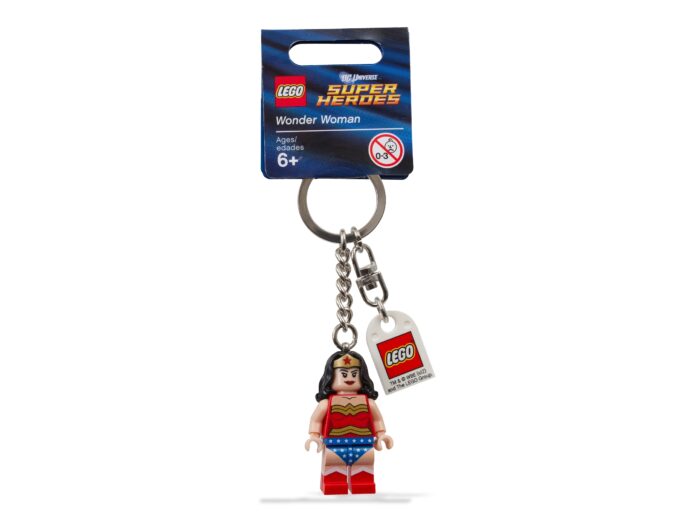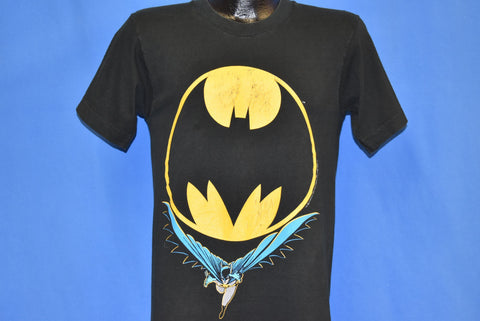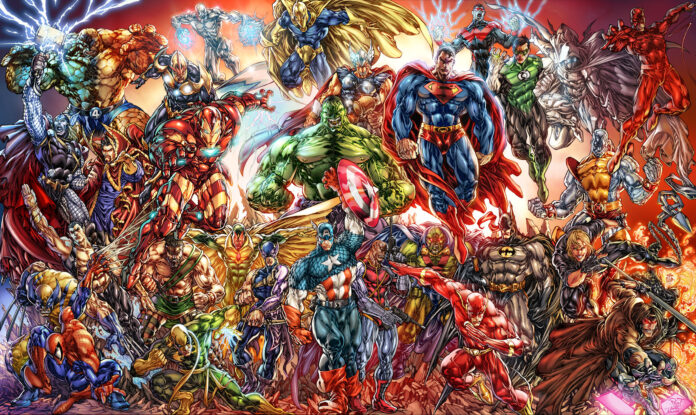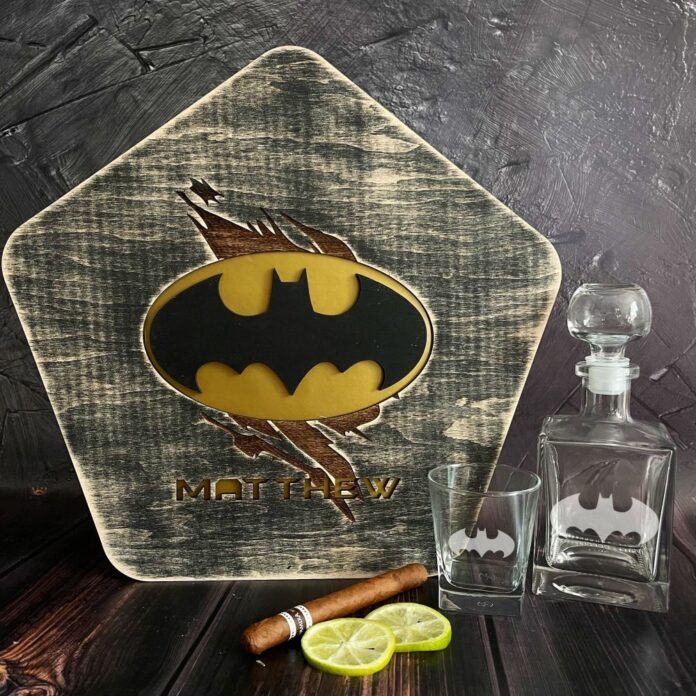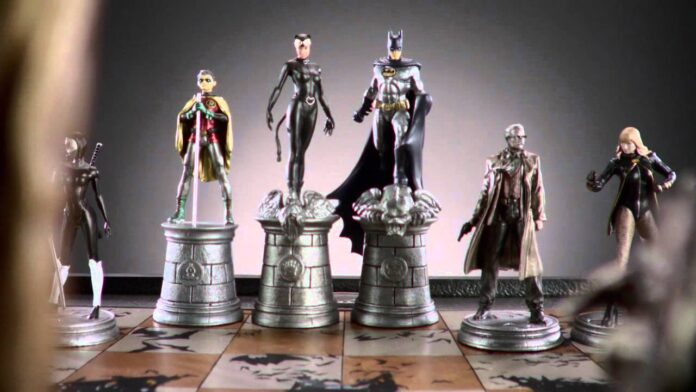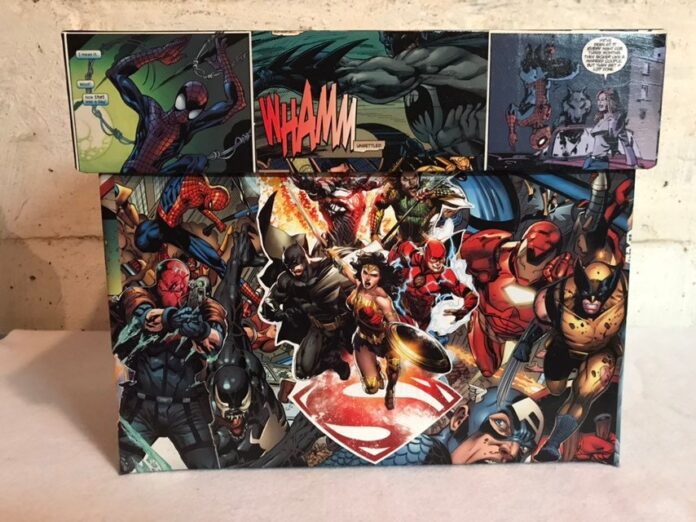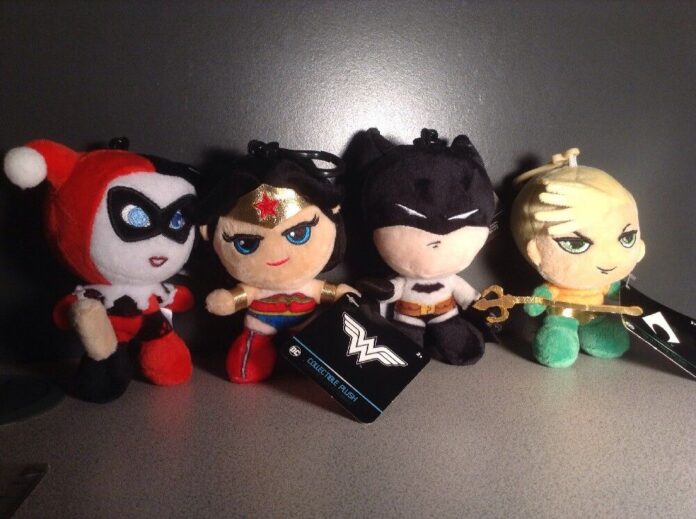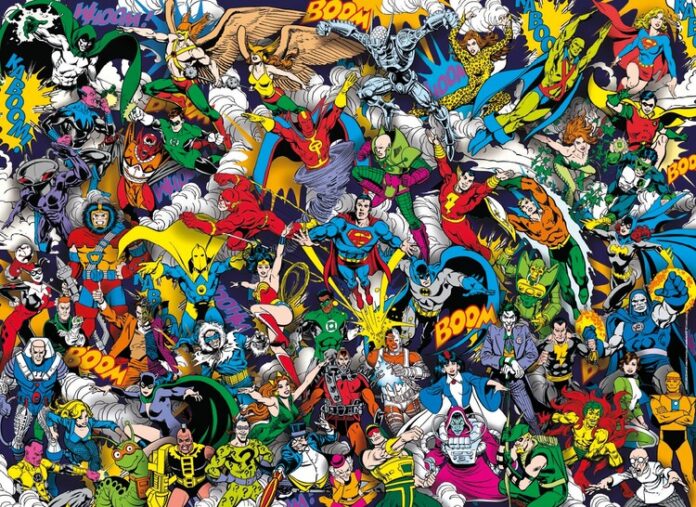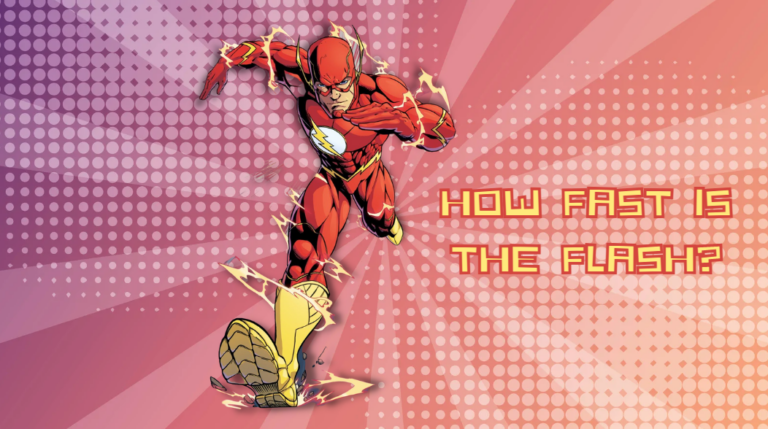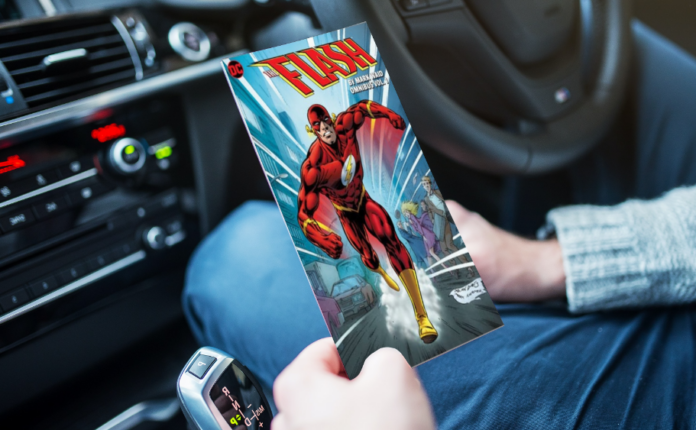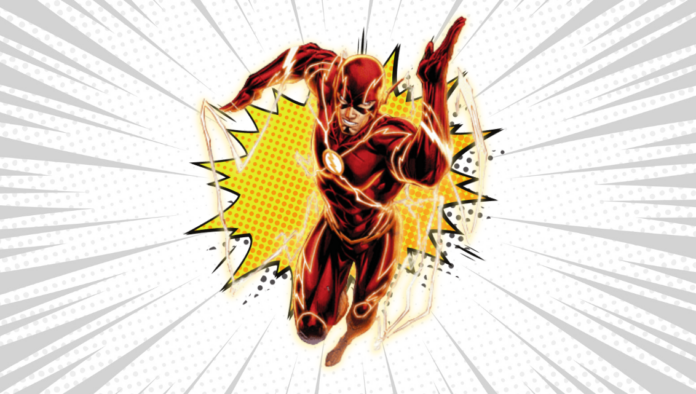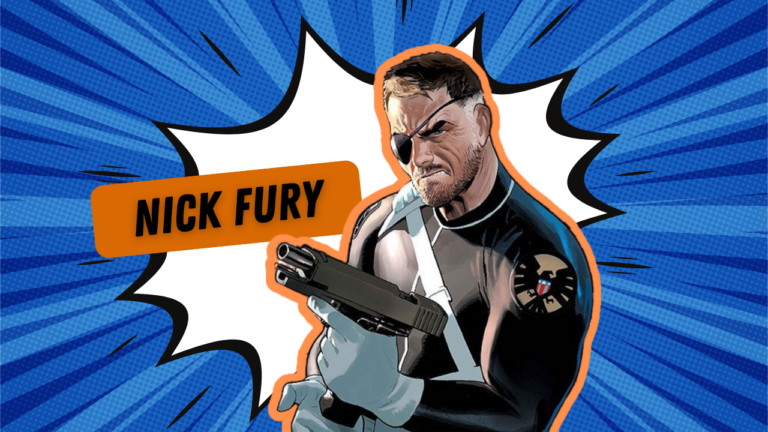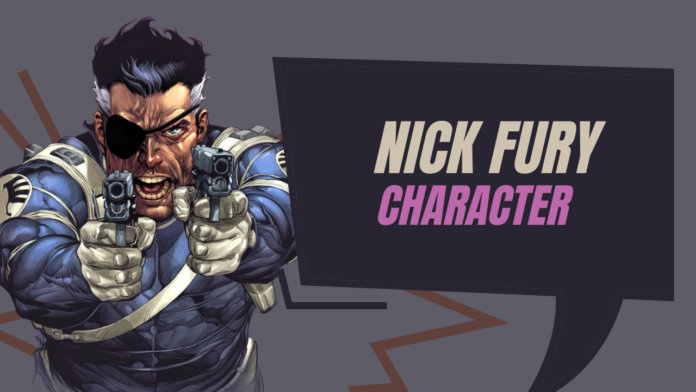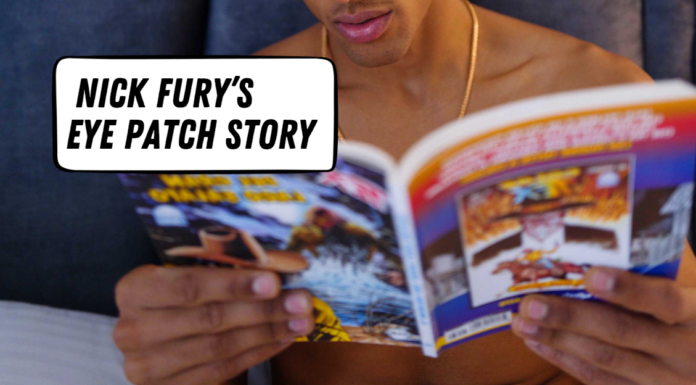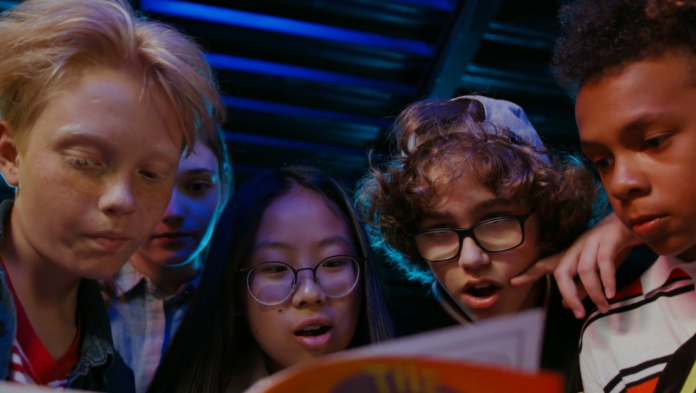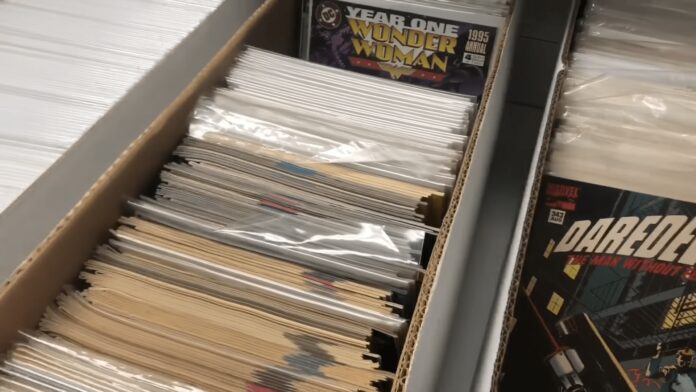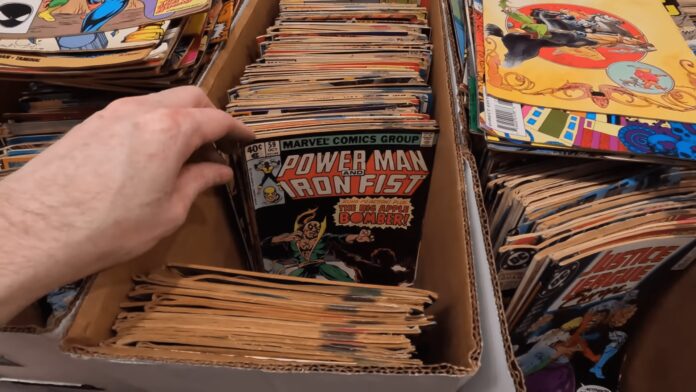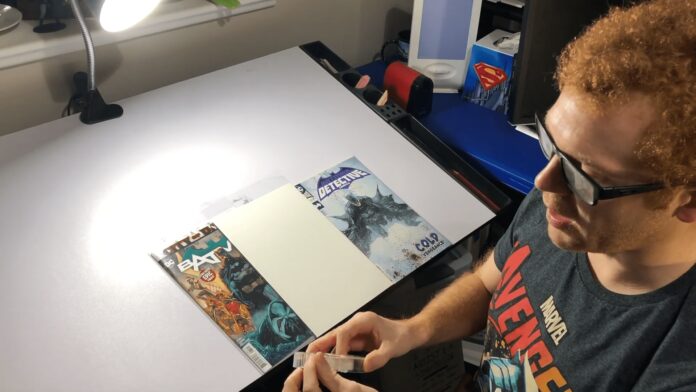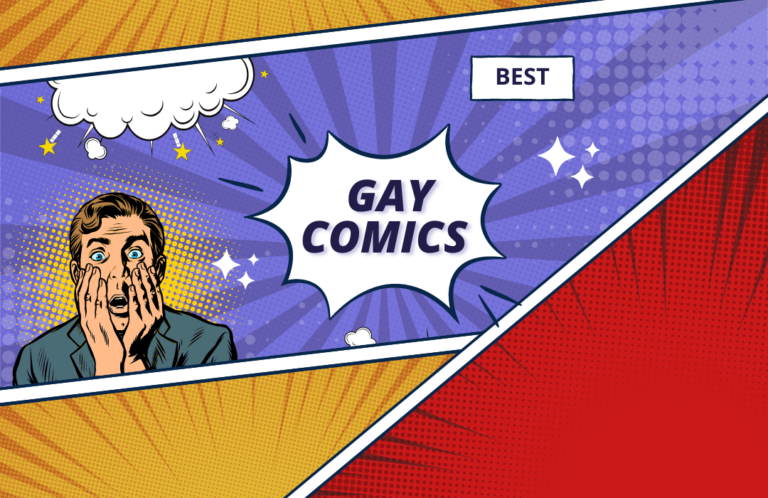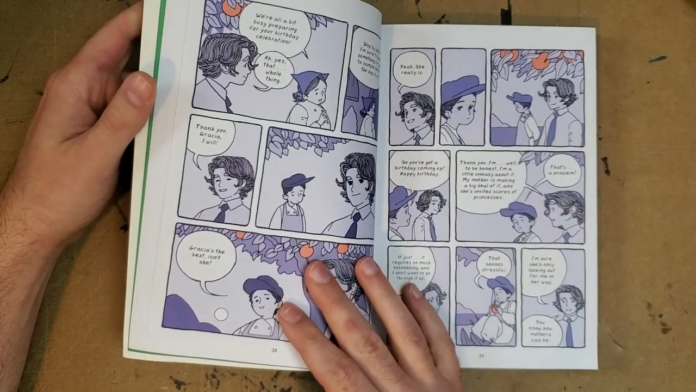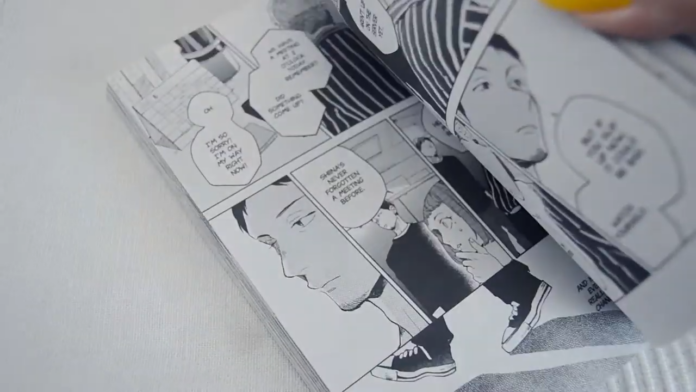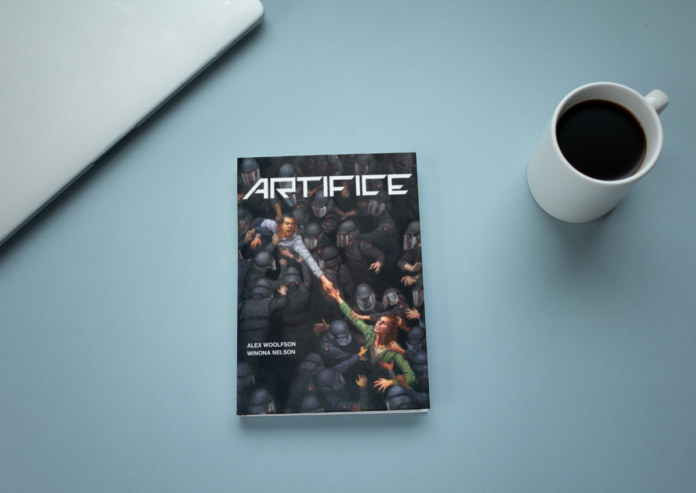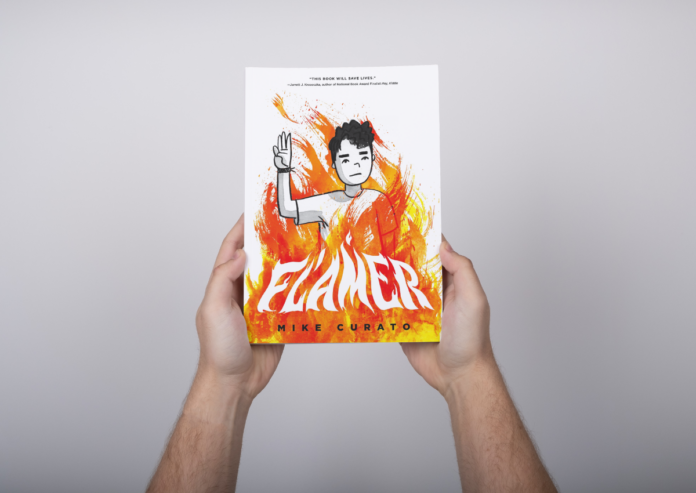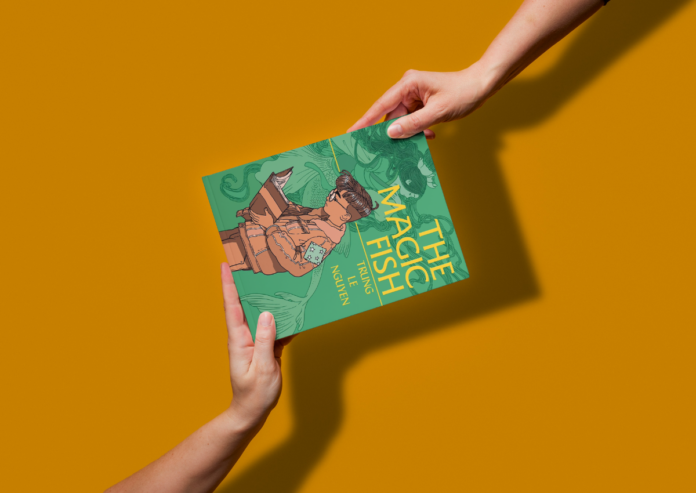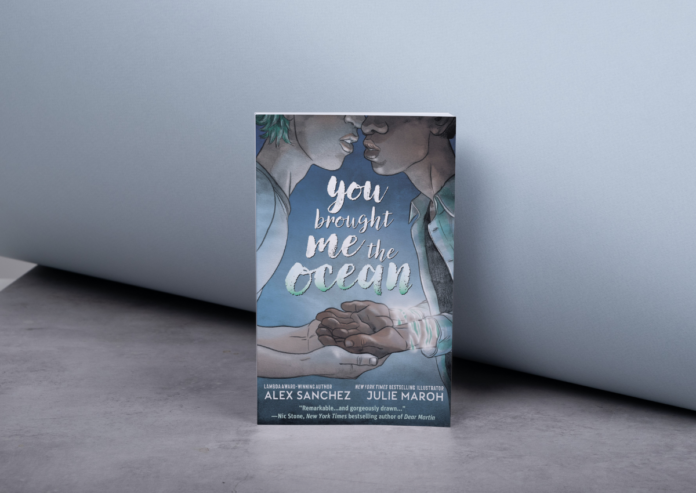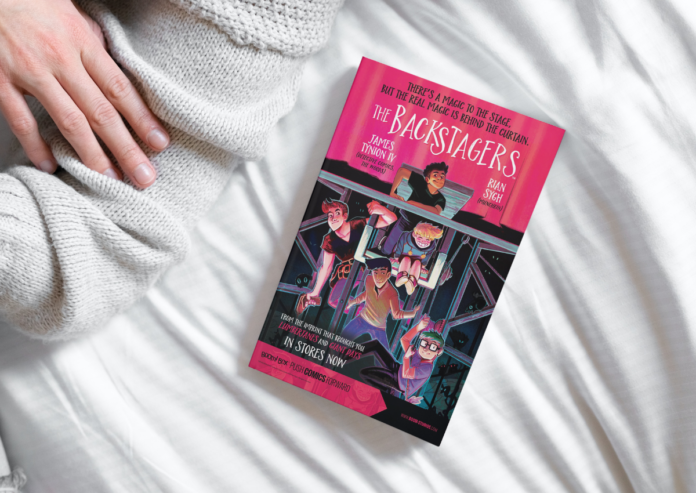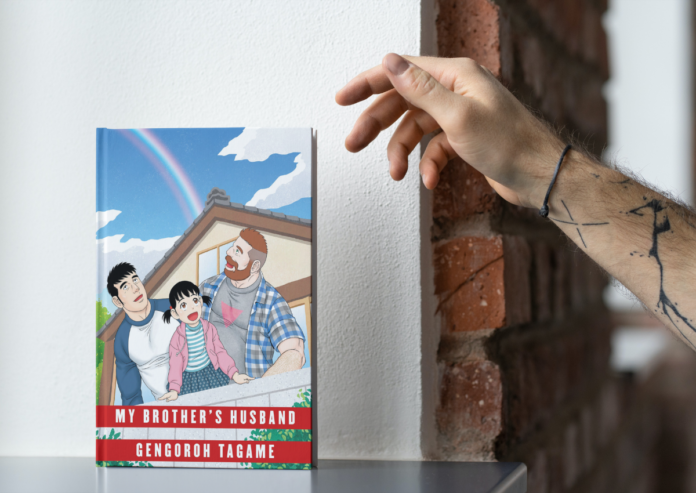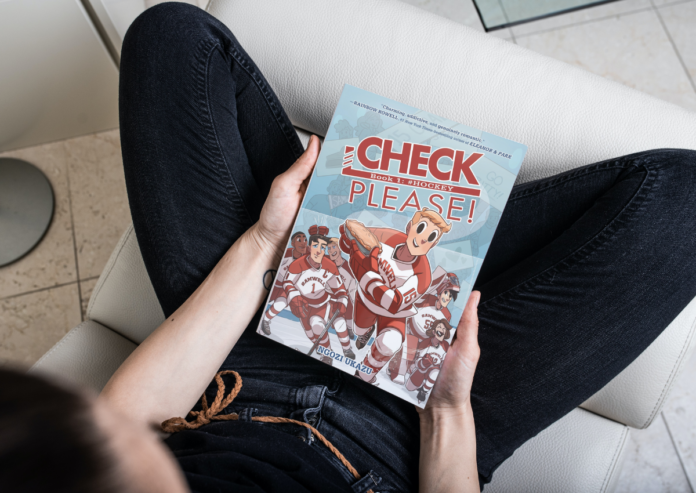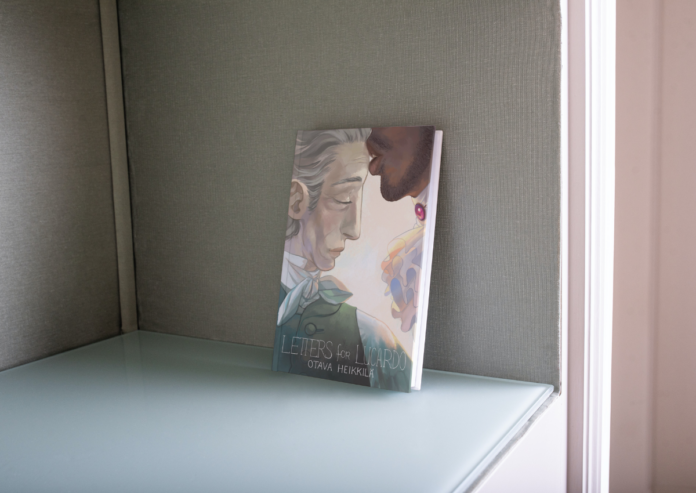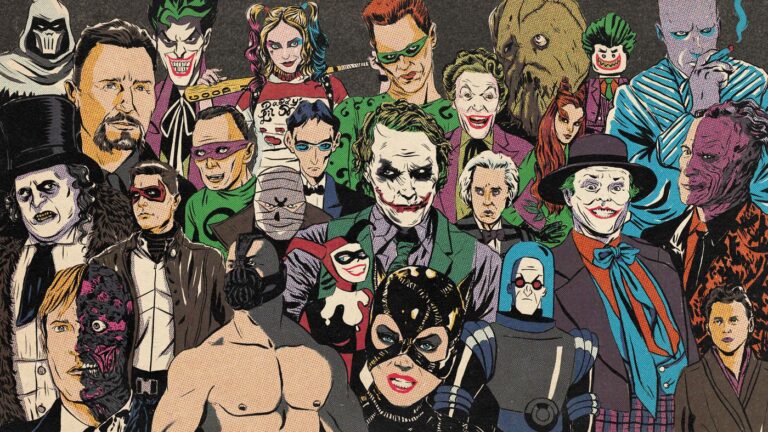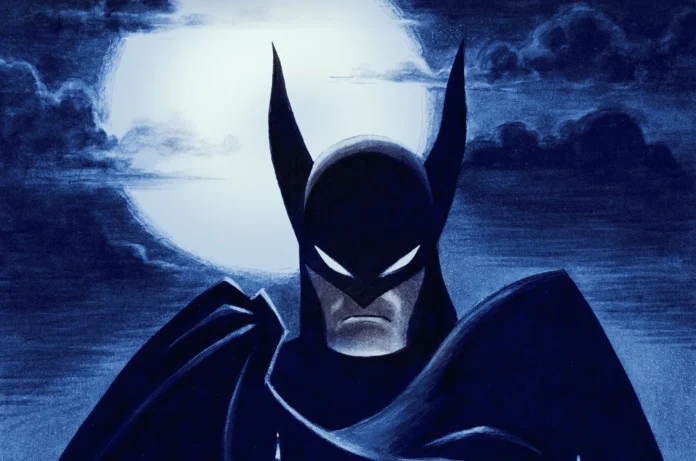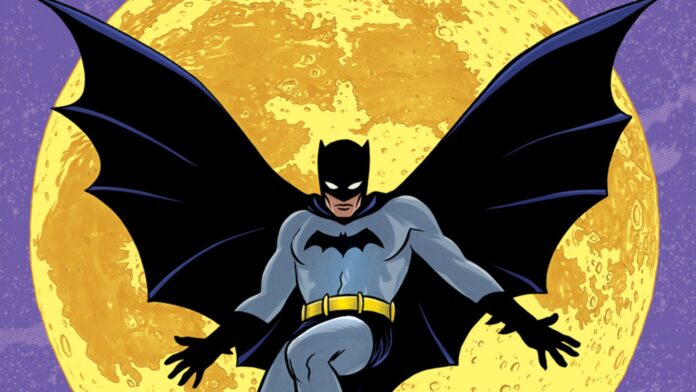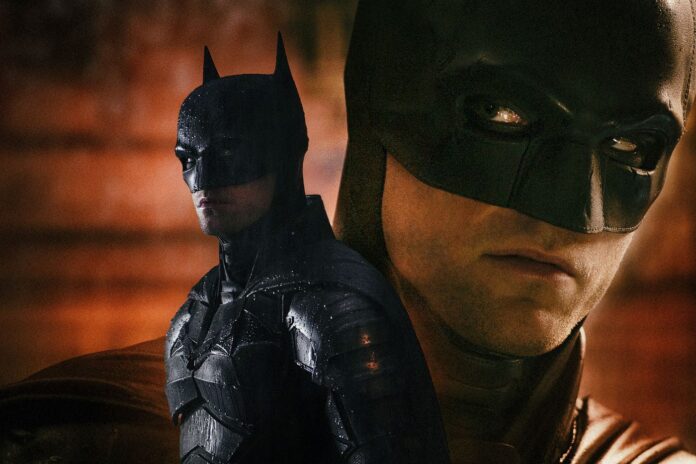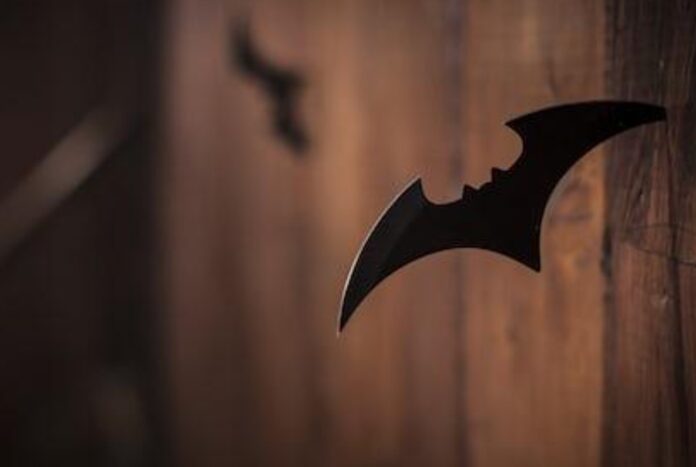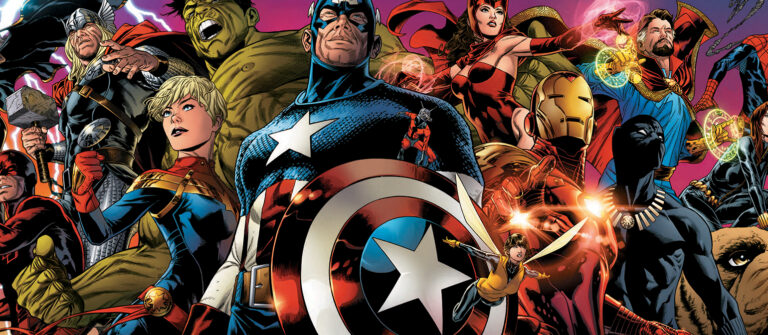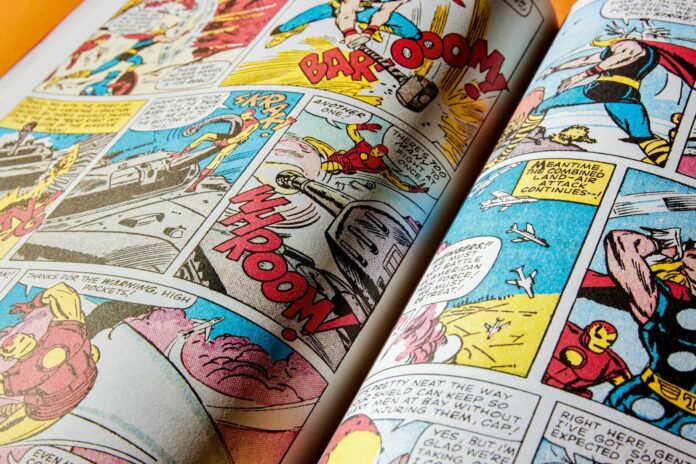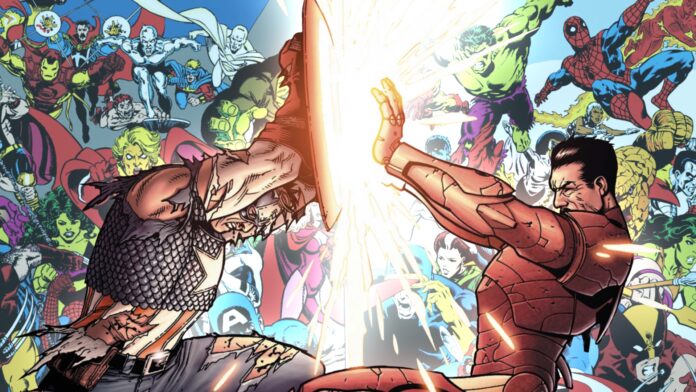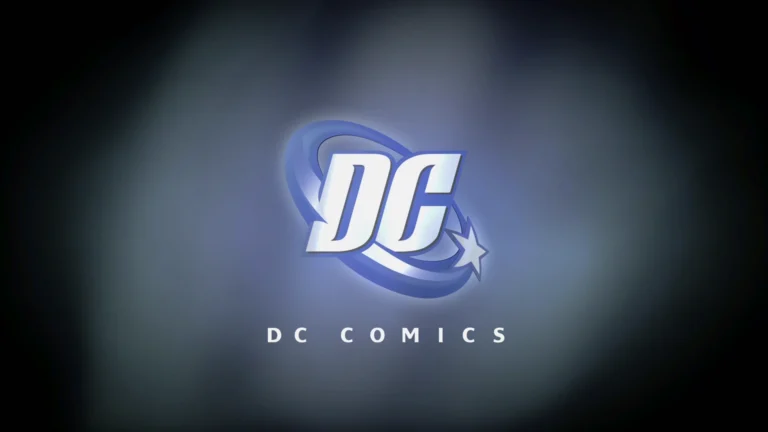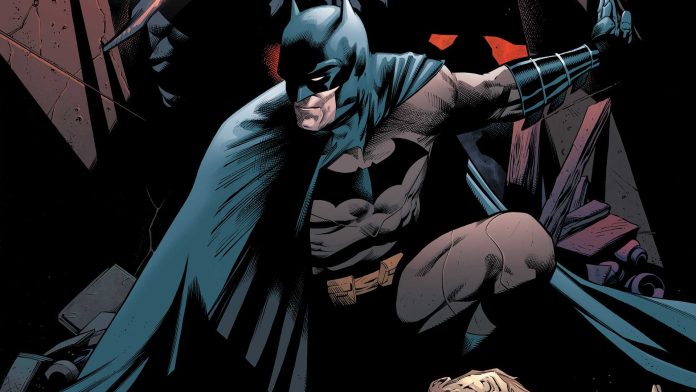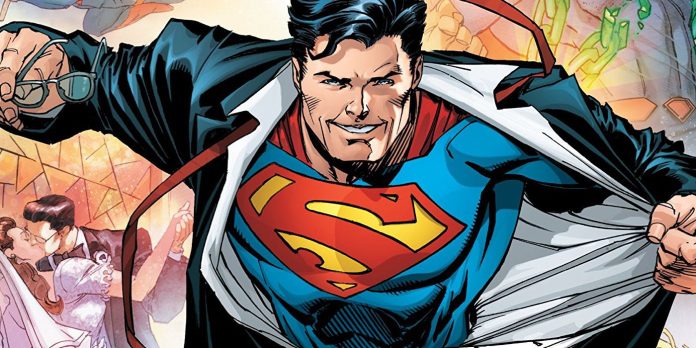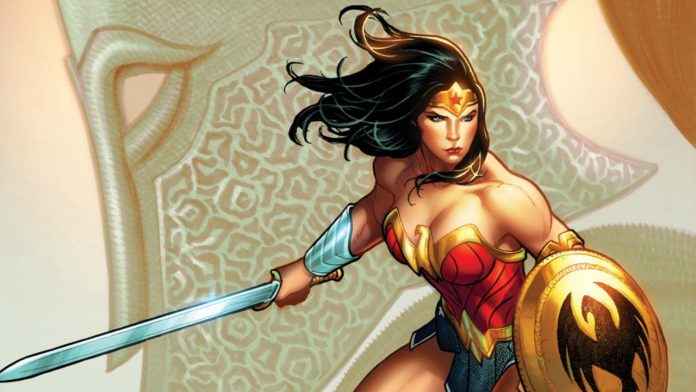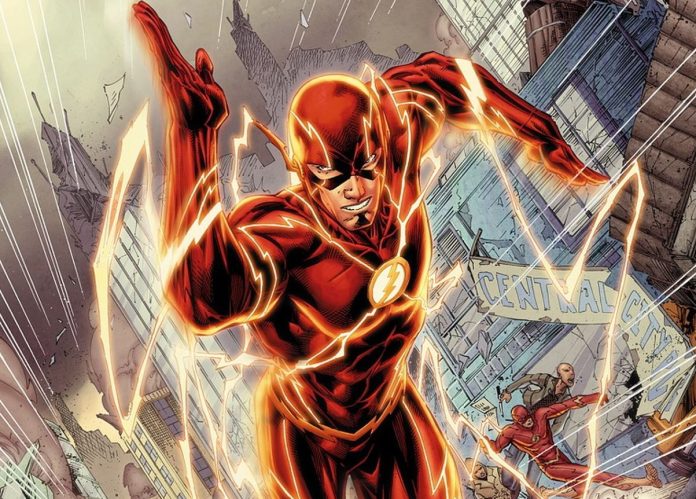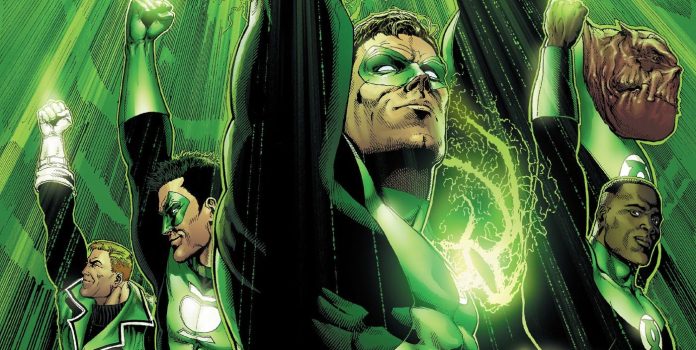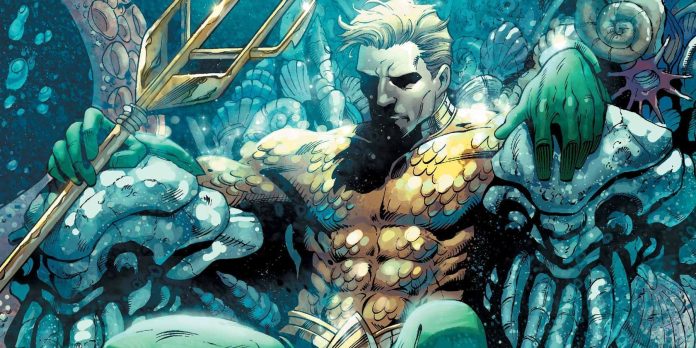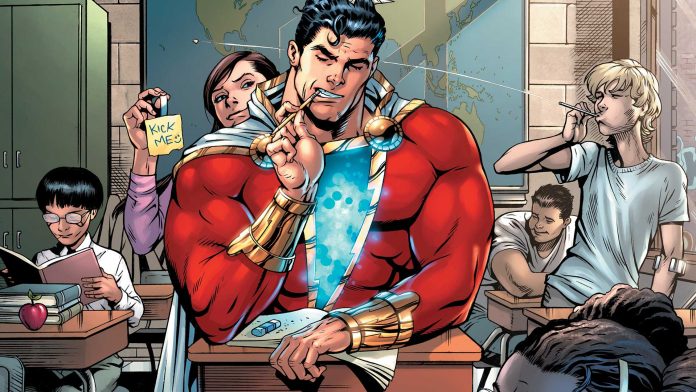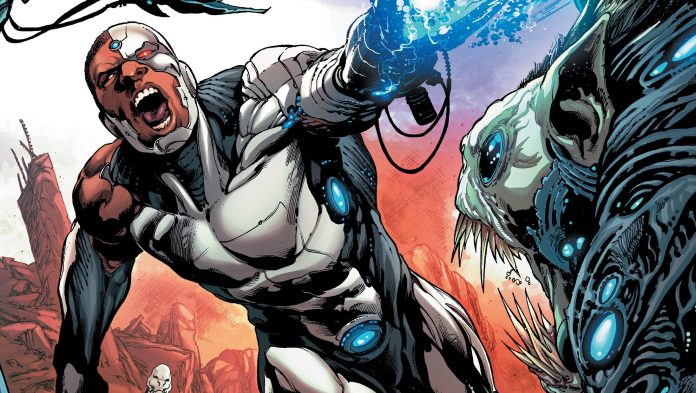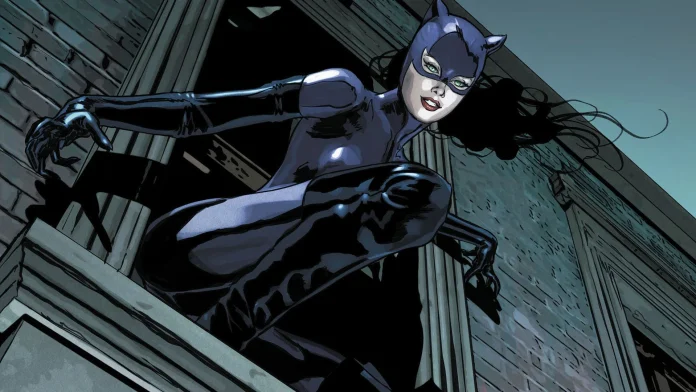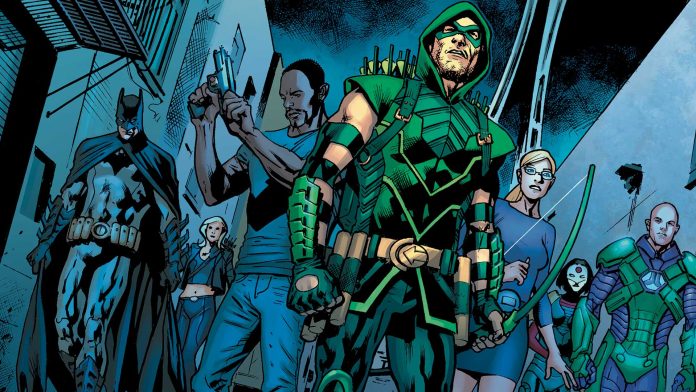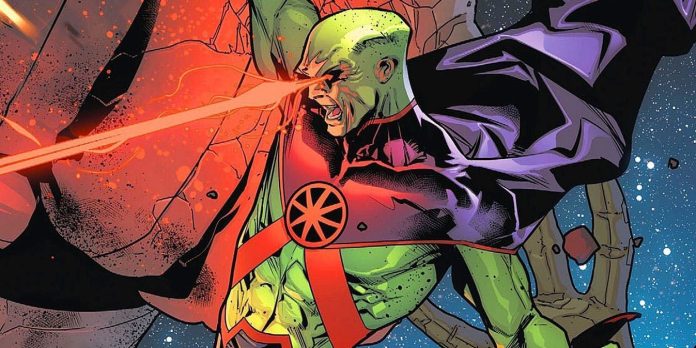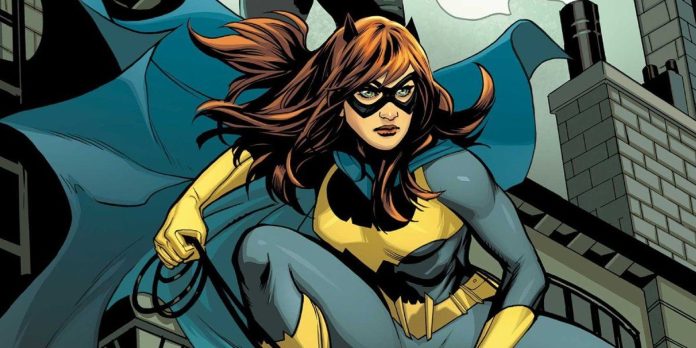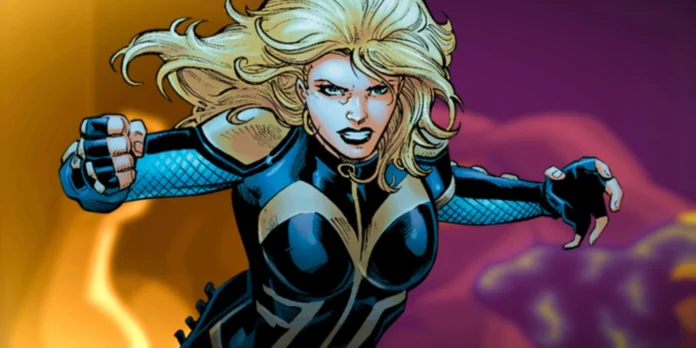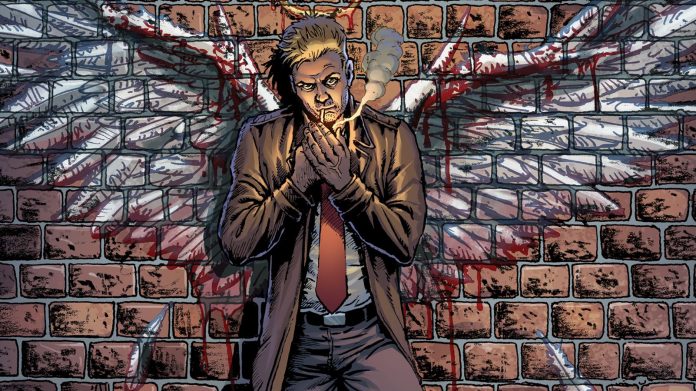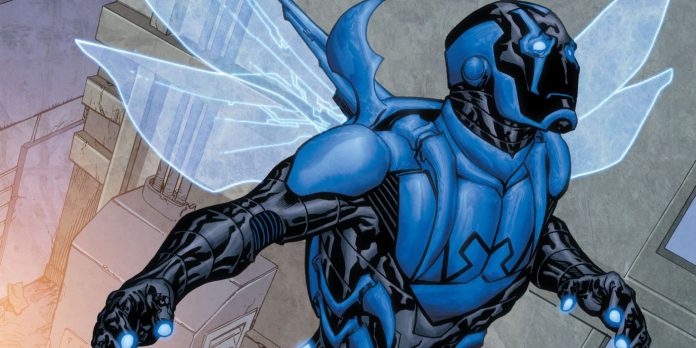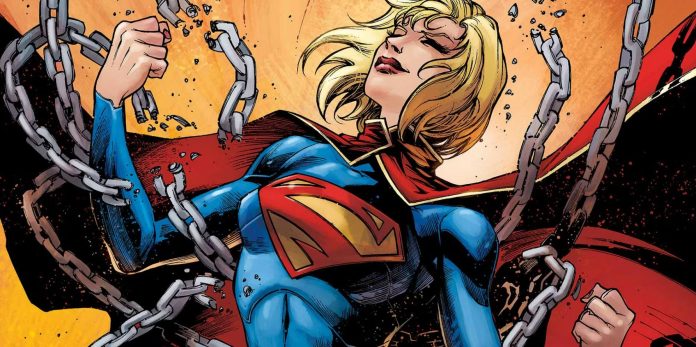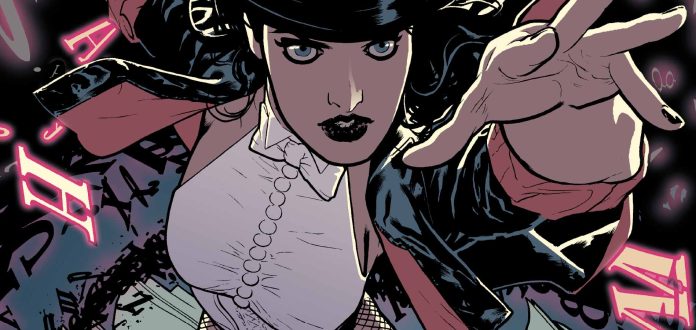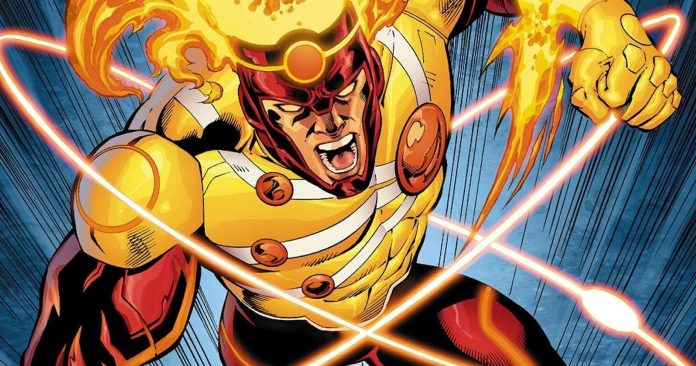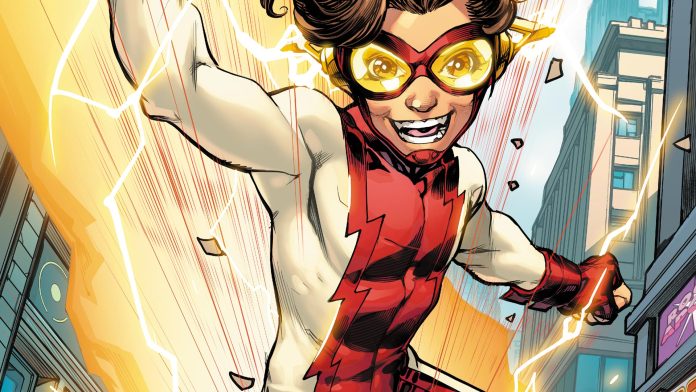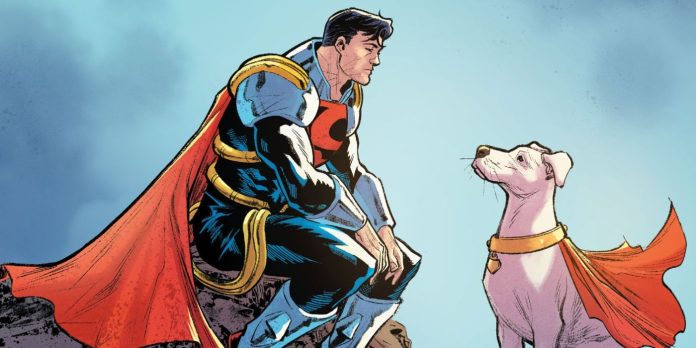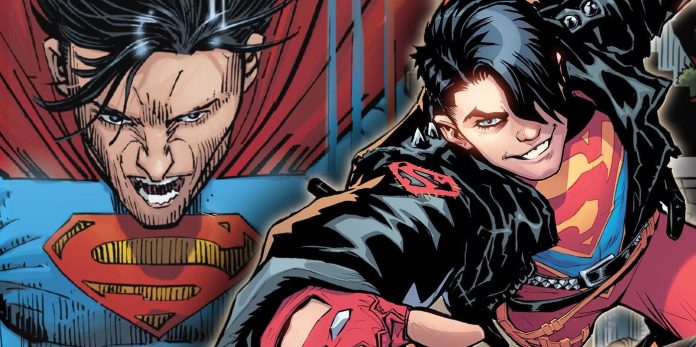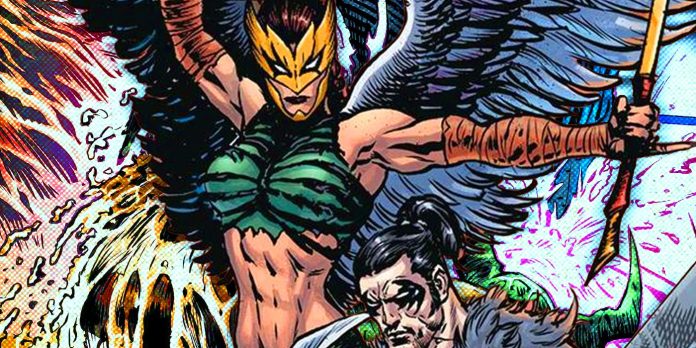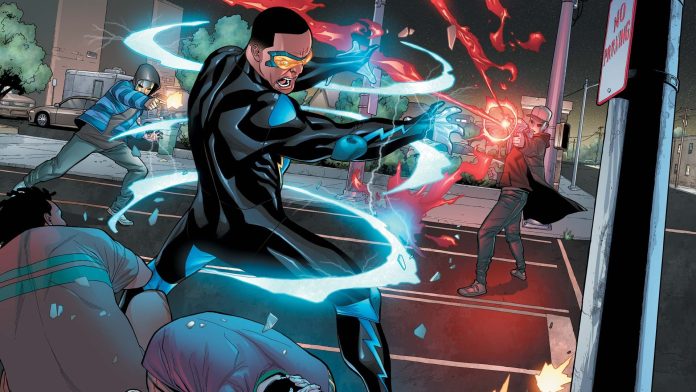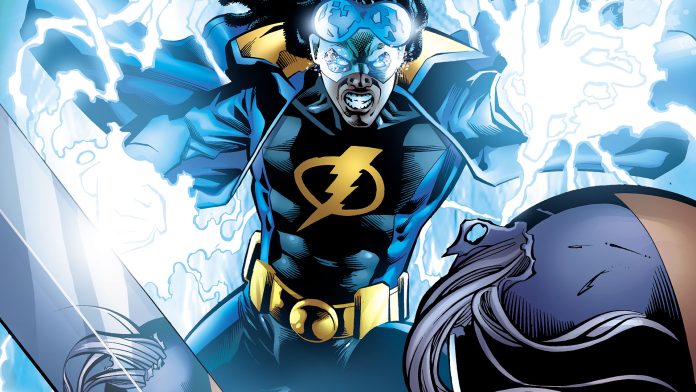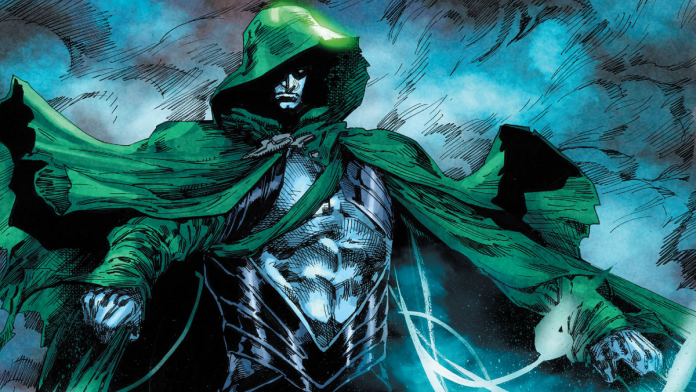Imagine stepping into a universe where vibrant cosplay fills the streets, movie icons stand just a handshake away, and the energy of fellow fans is contagious.
If you’re preparing for Comic Con Paris 2025, get ready for an unforgettable experience that blends pop culture, creativity, and the charm of a city known for its elegance.
Whether you’re a seasoned attendee or new to this world, here’s your ultimate guide to make the most of your time.
Key Points to Remember:
- Choose accommodations close to the venue for maximum convenience.
- Prioritize tickets early to access exclusive events and meet celebrities.
- Explore themed neighborhoods, cafes, and iconic landmarks during downtime.
- Opt for public transport to avoid parking hassles and city congestion.
- Pack essentials: a reusable water bottle, portable charger, and comfortable shoes.
- Plan your schedule wisely to cover panels, meet-ups, and merchandise shopping.
- Find quieter corners or smaller workshops if the crowd overwhelms you.
What is Comic Con Paris Like?
The annual pop culture convention bursts with energy and creativity. Fans, cosplayers, and enthusiasts from all over gather under one roof to celebrate comics, movies, gaming, and TV series. The entire venue buzzes with interactive booths, exclusive sneak peeks, and vibrant merchandise stands. Expect to see iconic cosplays, passionate fans cheering for beloved franchises, and special panels where celebrities share behind-the-scenes stories.
In short, it’s a playground for pop culture lovers where every corner holds a surprise.
Where to Stay Near the Venue
Choosing the right hotel makes a huge difference. You’ll want a place that’s not only luxurious but also close to major attractions for a complete experience.
One of the standout options is La Clef Tour Eiffel Paris, located in the prestigious 16th arrondissement. Housed in a 19th-century building designed by Ricardo Bofill, this 5-star hotel combines elegance, comfort, and proximity. Just steps from the Eiffel Tower and the Arc de Triomphe, it offers a perfect blend of historic charm and modern amenities. Rooms inspired by the 1889 Universal Exhibition provide a serene, luxurious retreat after a bustling day.
Pro tip: Book early. Hotels fill up quickly during major events, especially those near key landmarks.
View this post on Instagram
Planning Your Tickets and Entry
Getting tickets early is non-negotiable. The event often sells out, particularly for VIP passes and autograph sessions. If you’re after exclusive access to meet-and-greets or front-row seating for panels, aim for premium options.
Types of Tickets
- General entry ─ Standard access to the venue.
- VIP passes ─ Includes priority entry, photo sessions, and limited-edition merchandise.
- Day passes vs. weekend passes ─ Choose based on your schedule.
Transport Made Easy
Navigating the city is easier than you think. Public transportation remains the best option to avoid delays and parking stress.
- Metro ─ The city’s metro system is reliable, and affordable, and connects directly to major event venues.
- Bus ─ A great alternative for short-distance travel with views of the city.
- Walking ─ Some areas are best explored on foot. Make time for scenic strolls, especially if you’re near the Seine or iconic landmarks.
Tip: Purchase a multi-day transport pass for unlimited rides.
What to Expect Inside
The event offers something for everyone. Here’s how you can break it down:
1. Panels and Talks
Want to hear how your favorite movie came to life? Panels bring together directors, actors, writers, and industry experts. Be prepared to arrive early, as seats fill up fast.
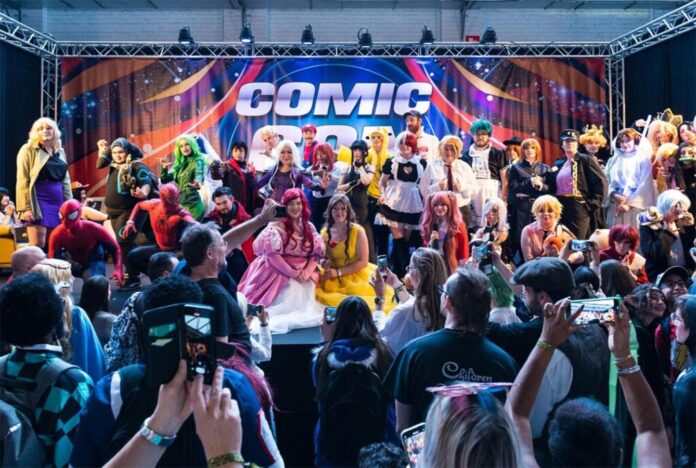
2. Merchandise and Collectibles
The shopping section feels like a treasure hunt. From rare comics and action figures to custom-made art, it’s a haven for collectors.
- Pro tip: Bring cash for smaller vendors. Not all stalls accept cards.
3. Cosplay and Photo Ops
Cosplay takes center stage, with attendees showcasing jaw-dropping creations. Don’t miss photo opportunities with cosplayers, themed booths, or elaborate backdrops.
4. Workshops and Interactive Zones
Smaller workshops offer quieter alternatives. Learn about comic artistry, costume design, or voice acting through intimate sessions.
Must-Visit Spots During Your Free Time
The city’s charm complements the vibrant energy of the event. Use your breaks to soak in the atmosphere, discover new neighborhoods, and grab a bite at local cafes.
1. Iconic Landmarks
- Eiffel Tower ─ Few sights compare to its glittering evening glow.
- Arc de Triomphe ─ A panoramic view of the city awaits at the top.
- Montmartre ─ Explore cobbled streets, street artists, and Sacré-Cœur Basilica.

2. Neighborhoods to Explore
- Le Marais ─ Trendy, vibrant, and filled with unique boutiques.
- Saint-Germain-des-Prés ─ Known for cafes and literary history.
3. Foodie Recommendations
- Café de Flore ─ Enjoy a classic coffee and pastry.
- Rue Cler Market ─ Perfect for fresh, local produce and snacks.
Packing Tips for a Smooth Day
A little preparation goes a long way. Here’s a quick list of essentials to pack:
- Comfortable shoes ─ Expect to walk a lot.
- Portable charger ─ Keep devices powered for photos and navigation.
- Reusable water bottle ─ Stay hydrated throughout the day.
- Snacks ─ Long queues mean quick energy is a lifesaver.
- Event Map and Schedule ─ Plan ahead to maximize your experience.
Tips for First-Time Attendees
If it’s your first time, here are a few helpful tips:
- Arrive early to beat the crowd.
- Split your time wisely between panels, shopping, and exploration.
- Don’t stress about seeing everything—focus on your top priorities.
- Take breaks when needed. Look for quieter areas if you need to recharge.
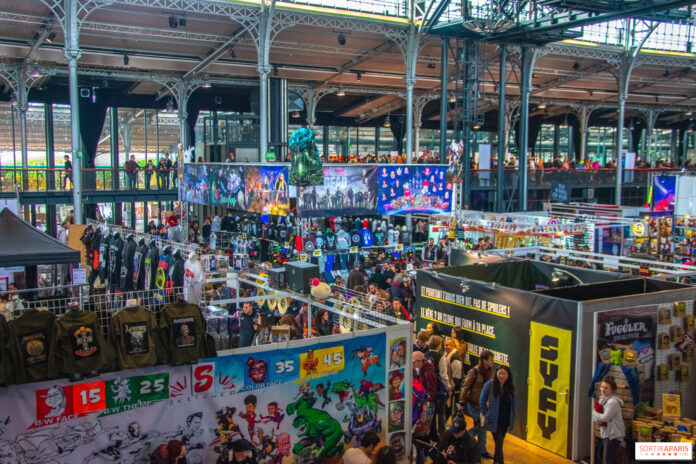
Safety and Convenience
The city is safe for visitors, but staying cautious ensures peace of mind. Keep belongings secure, particularly in crowded spaces. For transport, opt for official taxis or metro rides.
Final Thoughts
Comic Con Paris 2025 promises unforgettable moments. From seeing elaborate costumes to hearing your favorite stars share behind-the-scenes stories, every second delivers excitement. Add to that the timeless elegance of the city, and it’s an experience you won’t forget.
Whether you’re staying near iconic spots or hopping between landmarks, every moment holds its magic. Plan wisely, stay energized, and enjoy every minute. It’s not just an event—it’s a celebration of everything you love.
Start planning now and make memories that will last a lifetime!
